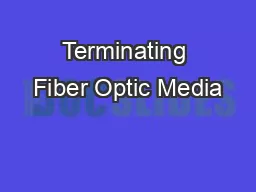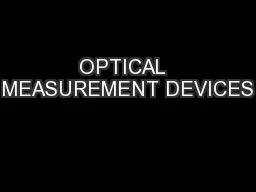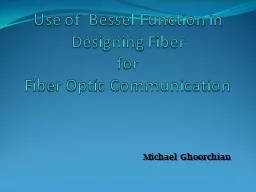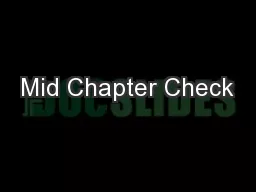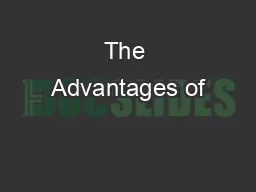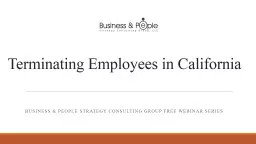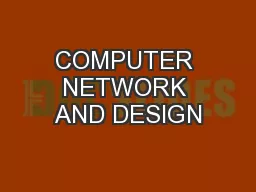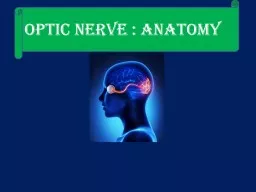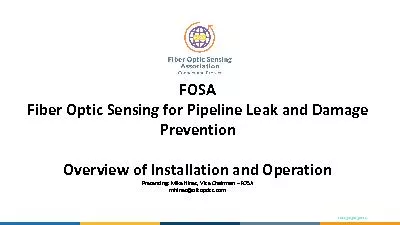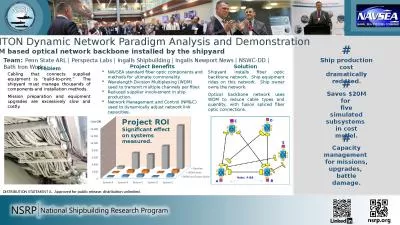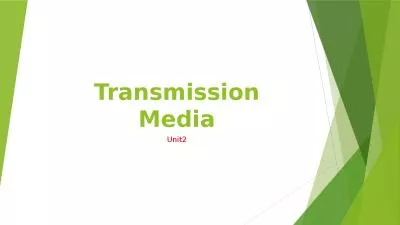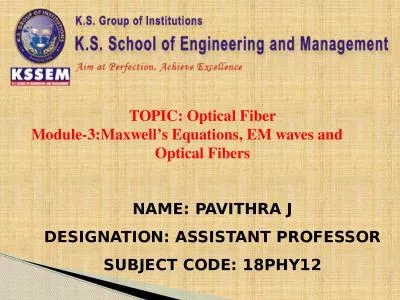PPT-Terminating Fiber Optic Media
Author : alida-meadow | Published Date : 2018-03-17
Last Update 20110916 180 Copyright 20082011 Kenneth M Chipps PhD wwwchippscom 1 Objectives Learn how to terminate fiber optic media Copyright 20082011 Kenneth M
Presentation Embed Code
Download Presentation
Download Presentation The PPT/PDF document "Terminating Fiber Optic Media" is the property of its rightful owner. Permission is granted to download and print the materials on this website for personal, non-commercial use only, and to display it on your personal computer provided you do not modify the materials and that you retain all copyright notices contained in the materials. By downloading content from our website, you accept the terms of this agreement.
Terminating Fiber Optic Media: Transcript
Download Rules Of Document
"Terminating Fiber Optic Media"The content belongs to its owner. You may download and print it for personal use, without modification, and keep all copyright notices. By downloading, you agree to these terms.
Related Documents

